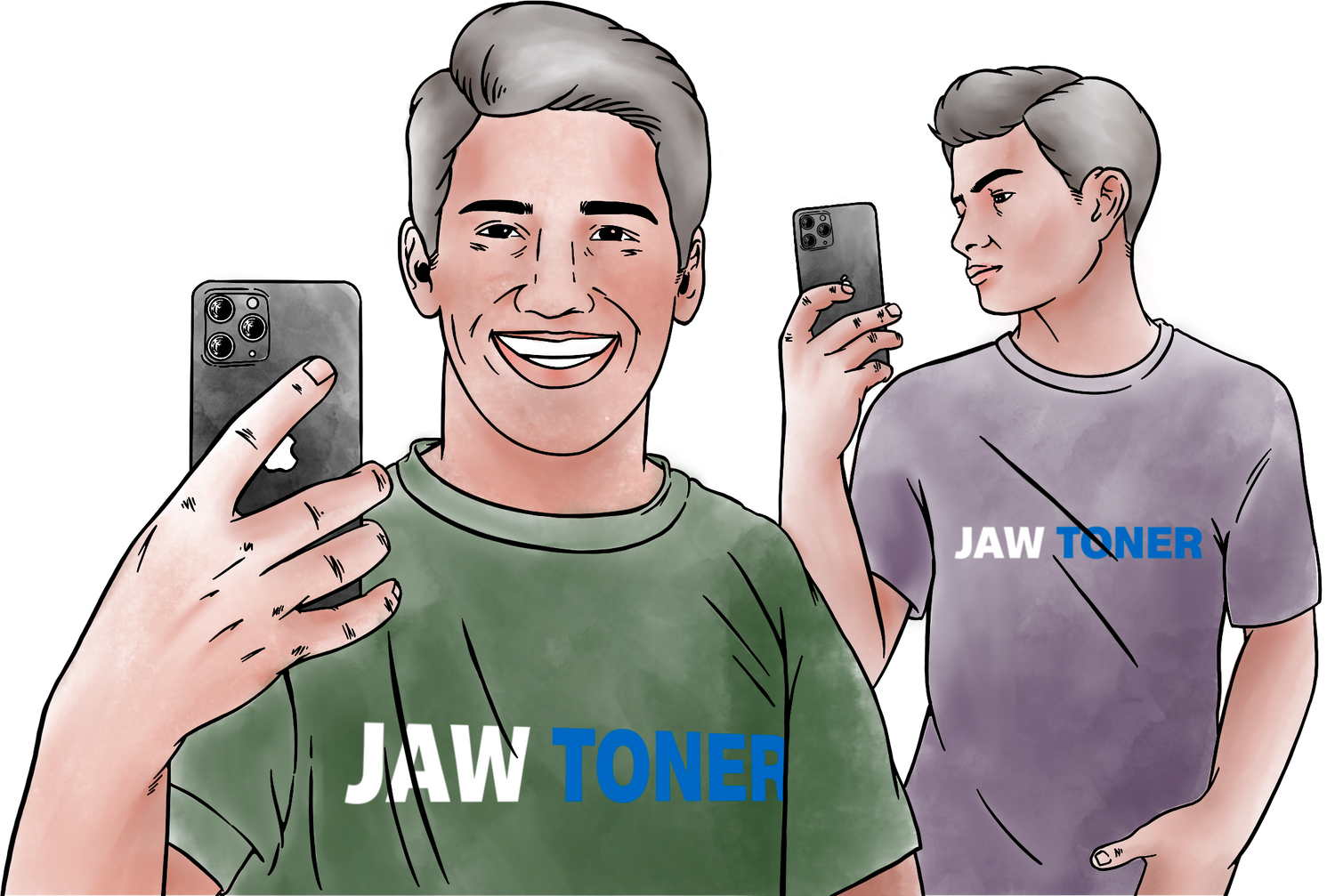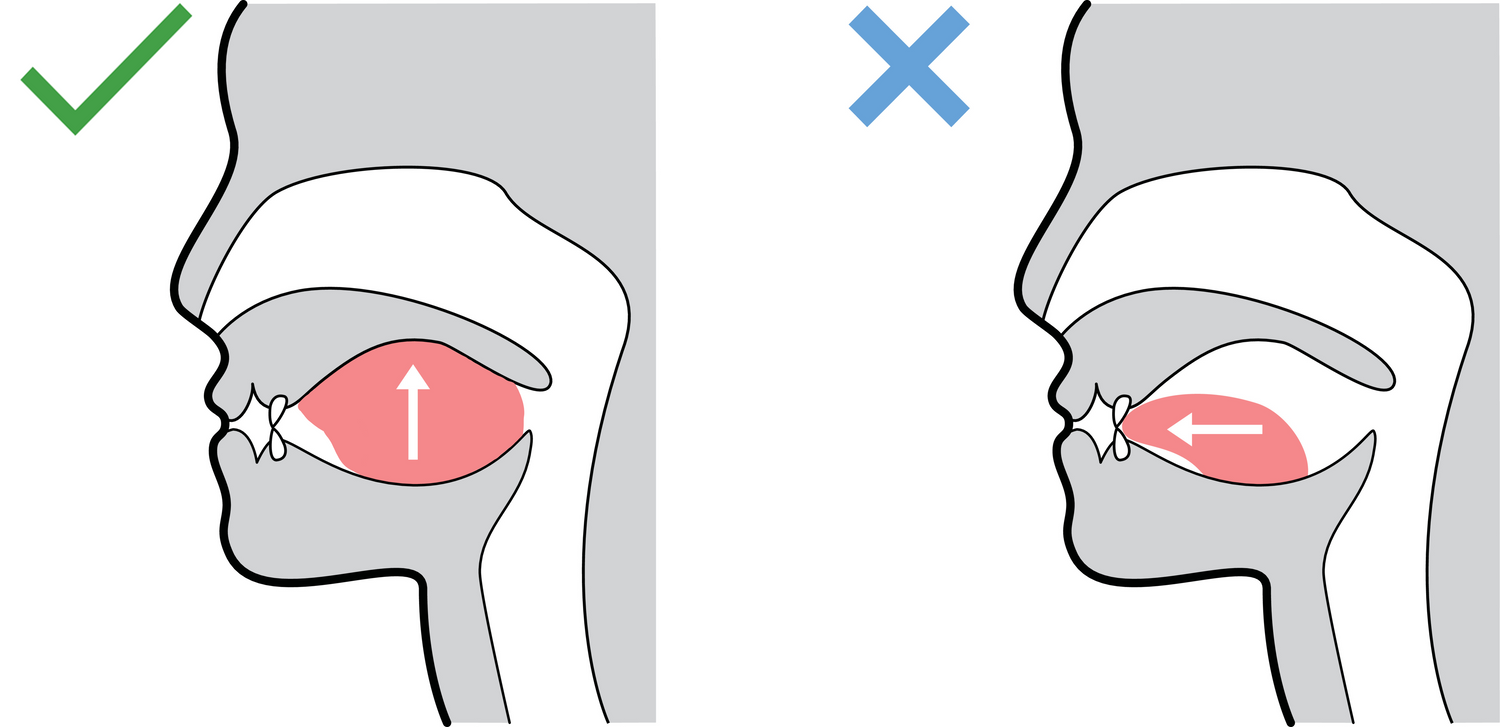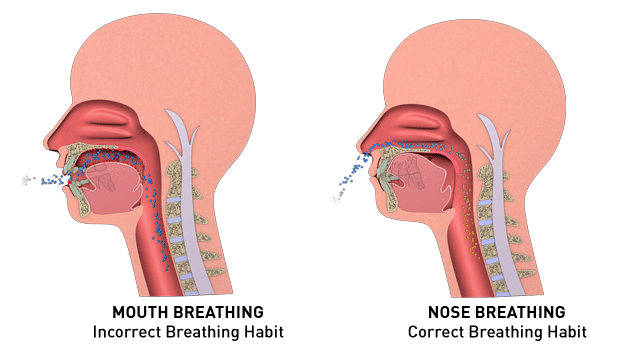


Firstly, take a photo of your face from the front and side before using the Jaw Toner. This is to track and compare your progress over the weeks and see how far you've come. Submit a review with your results, or send it to our instagram @jawtoners, we'd love to see them!

Choose your piece size:
Important safety rule:
You should feel muscle fatigue and a mild burn, not sharp pain in the jaw joint, ears, or temples. If you feel pain → stop.

Before you start chewing:
1. Sit or stand tall with your chest up and chin slightly tucked (not poking forward).
2. Keep your teeth lightly apart when you’re not actively biting.
3. Tongue position between sets:
Rest the tongue on the roof of your mouth, just behind your front teeth.
Lips together, breathing through your nose.
This posture makes the gum work with your facial structure, not against it.
Refer to this guide to learn how to use the Jaw Toner Gum with perfect form to avoid any complications. If you use the device properly, jaw problems such as TMJ should not form.
Goal: Get the jaw joint and muscles ready.

You’re going to treat this like a gym session for your jaw.
➡️ That’s 1 round.
Do 3–5 rounds total, depending on your level:
Rest 20–30 seconds between rounds with your teeth relaxed and tongue on the roof of your mouth.
After side chewing:
After side chewing:
These are the recommended intervals to start training. If you have a stronger jaw to begin with, you may want to progress quicker.
Week 1 (Beginner Phase)
Week 2–3 (Adaptation Phase)
Week 4+ (Progression Phase)
More is not always better. Your jaw is a joint – treat it like training any other muscle group.
To protect your jaw joint:
Yes. The gum is tough but flexible, and sweetened with xylitol, which helps support healthy enamel.
Just avoid:
No. This is resistance training, not regular gum. Stick to short sessions, then let your jaw rest.
Most people notice:
Results vary based on consistency and your starting point.
If you experience jaw pain from the Jaw Toner Gum, you may have overused the chewing gum, used it incorrectly, or had pre-existing jaw problems. If you feel pain when using the Jaw Toner gum, refrain from use for 2-3 days. If jaw problems persist chroncially, refrain from use of the Jaw Toner gum.

Practice Proper Tongue Posture
Relax your tongue and make sure it is sitting comfortably in your mouth. With your lips closed, place the tip of your tongue behind your front teeth and against the roof of your mouth. Gently press your tongue upwards and backwards towards the soft palate (the soft tissue at the back of the roof of your mouth). Keep your tongue in this position throughout the day, including when you swallow.

Do Not Breathe Through Your Mouth
Mouth breathing can lead to a variety of negative health outcomes. When you breathe through your mouth, you bypass the natural filtration and humidification system of your nose, which can make you more prone to allergies, infections, and dry mouth. Mouth breathing can also contribute to a lack of oxygen and poor sleep quality, which can negatively impact your overall health and well-being.